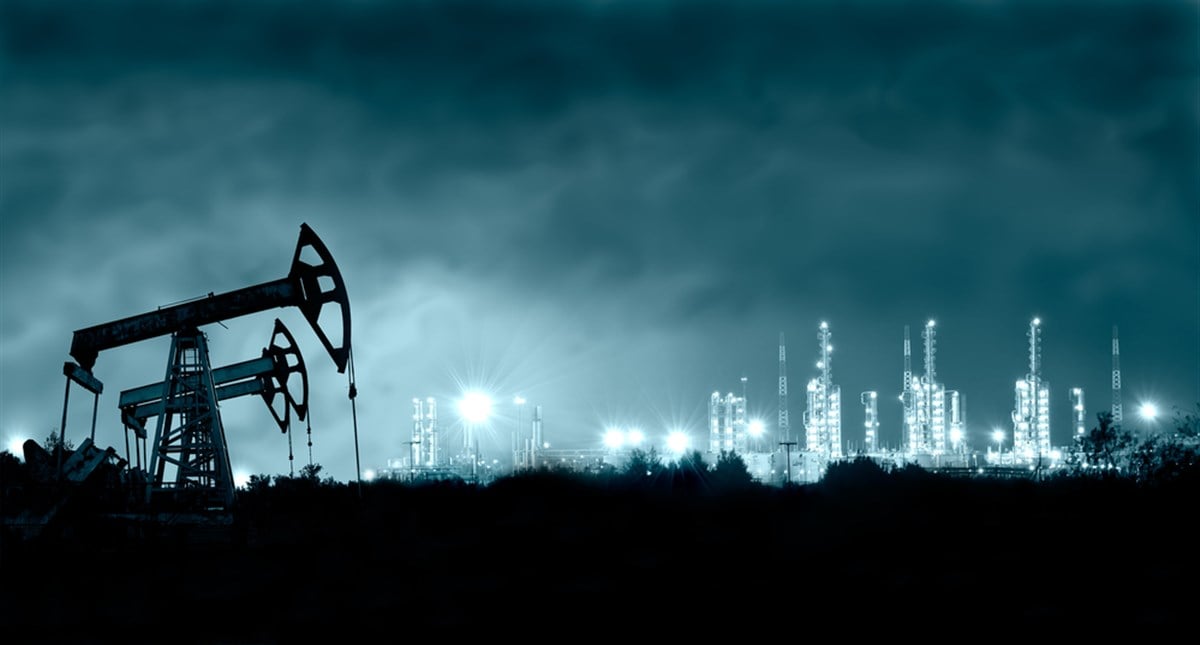
How fitting that Thursday night’s full moon was also referred to as the ‘wolf moon.’
U.S. stock indices howled to fresh all-time highs this week as the first full moon of 2024 lit up the evening sky. A better-than-expected fourth quarter GDP report brightened investors’ spirits, sending the S&P 500 to within 100 points of the psychologically important 5,000 level. Strong earnings and guidance led to double digit percentage gains for IBM and United Rentals on Thursday as the market continues to digest Q4 reports from corporate America.
While the wolf moon reached its peak at 12:54 pm EST, the S&P 500 appears destined to reach new heights in the weeks ahead. A 3.3% GDP reading along with a mild 2.8% consumer inflation number has investors anticipating aggressive Fed interest rate cuts in 2024.
But not everyone is celebrating.
During the S&P’s 20% bull run over the last 12 months, there have been several noteworthy laggards. In fact, 5 of the 11 global S&P sector groups are down over the past year — utilities, energy, materials, REITs and consumer staples. At the other end of the spectrum, the technology sector is up 46%.
The market’s odd ‘barbell’ performance means that there are many stocks that haven’t participated in the rally. More than half of S&P 500 members are within 10% of their 52-week highs. But 50 are within 10% of their 52-week lows. Yes, even with the index at a record high, 1 out of every 10 S&P companies are near 52-week lows!
For value investors that like to buy low and bank big dividend yields, the current bifurcated environment is a celestial haven. These 3 underperforming large caps may be among the future stars.
Why is Devon Energy stock down?
Shares of Devon Energy Corporation (NYSE: DVN) are down 37% over the last 12 months and within 3% of a 52-week low. The oil and natural gas producer has been drilled by softer commodity prices and hedging mechanisms that have been unable to offset the energy slump. Oil has been in rebound mode, however, with a decline in U.S. crude stocks sending WTI crude futures near a 2-month high on Thursday. Domestic natural gas futures have also ticked higher of late as utilities drew more gas from storage than expected last week.
With DVN finishing higher for four straight days, there is mounting hope that $40.51 was the bottom. Yet with the stock still very close to its 52-week low, the dividend yield is unusually high. On a forward 1-year basis, DVN has a 7.4% yield. The company pays a ‘fixed-plus-variable’ dividend, which means it is subject to cash flow generation and therefore commodity price fluctuations. But considering dividends have been paid for 31 straight years, the current dip may be an opportunity.
What is Eversource Energy’s 52-week low?
Eversource Energy (NYSE: ES) set a 52-week low of $52.03 on November 1st of 2023. It ran as high as $64.64 this month but is back to within 4% of its 52-week low. The electric and gas utility tends to sell off during periods of rising interest rates because this hampers its ability to obtain affordable funding for growth projects. Eversources’s Q3 earnings report was also disappointing — but came with a footnote that an NSTAR rate design would shift a big chunk of revenue to future quarters.
The prospects for better quarterly performances ahead and a cheap valuation make Eversource worth a look here. The S&P 500 stock is trading at 16x trailing earnings which is well below its 23x five-year average and the 23x electric utility industry average. An above sector 5.0% forward dividend yield and 25-year dividend hike streak also make ES an electric value play.
What is Unilever’s dividend yield?
British consumer goods leader Unilever PLC (NYSE: UL) is trading within a dollar of its $46.16 52-week low and 27% away from its record high. The company behind Dove, Axe and other household brands has been slowed by weaker profit margins and a general market shift away from defensive consumer staples names. For long-term income investors that value a reliable dividend, this may be a favorable entry point.
With an annualized dividend of $1.82, Unilever offers a 3.8% yield that is two-times the sector average. The company will report Q4 and full year financial results on February 8th — which could be a near-term catalyst for the stock. At last month’s Fireside Chat with Barclays, CEO Hein Schumacher discussed “major changes” intended to drive stronger revenue growth and better performances of top 30 brands.





